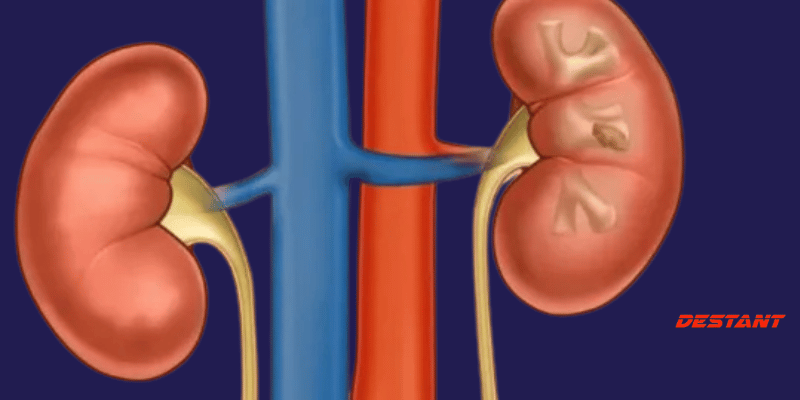Kidney Removal Surgery – Dude Wheres My Kidney Tapestry
Kidney surgery, also known as nephrectomy, involves removing all or part of the kidney and is usually performed by a specialist urologist. This surgical intervention is usually used to detect or remove non-cancerous tumors. There are two basic types of kidney surgery: radical nephrectomy, in which the entire kidney is removed, and partial nephrectomy, which involves removing part of the kidney while leaving the surrounding tissue intact.
Diversity in surgical techniques
Surgeons use different methods to access the kidneys, enabling them to perform the operation through different incision methods, depending on the case. The open kidney department, which specializes in these procedures, often performs surgeries through a single incision in the abdomen or another part of the body. Alternatively, laparoscopy involves making several small incisions in the abdominal area, providing a minimally invasive approach to kidney surgery.
Innovative technologies: robotic assistance
Advanced medical technology has introduced the use of robotic systems in laparoscopic kidney surgeries. The robotic system, controlled by a console, operates the front-end loader, computer console and surgical device. It also manages the playback screen and controls the camera connected to the robotic controller. This integration of robotics enhances precision and facilitates complex maneuvers during surgery, contributing to improved outcomes and patient recovery.



